
Photoetching.
13¼ x 9"; 18 x 15". 10.
Crown Point Press and Kathan Brown.
$7,500 fair market value Proof AvailableProof Available
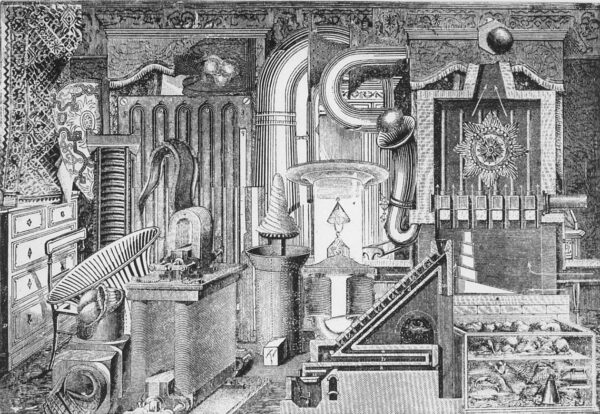
Photoetching.
7½ x 11"; 18 x 15". 10.
Crown Point Press and Kathan Brown.
$7,500 fair market value Proof AvailableProof Available

Photoetching.
7 x 9"; 18 x 15". 10.
Crown Point Press and Kathan Brown.
$7,500 fair market value Proof AvailableProof Available
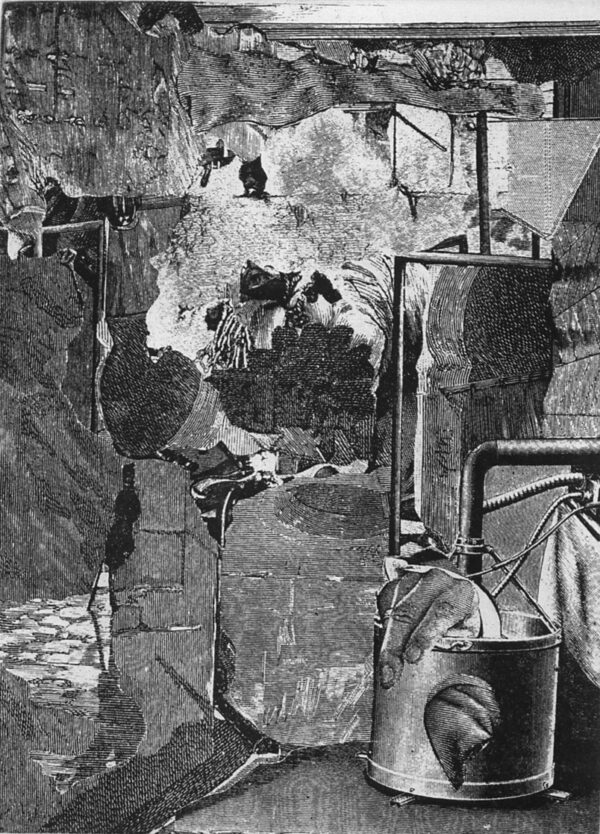
Photoetching.
8½ x 6½"; 18 x 15". 10.
Crown Point Press and Kathan Brown.
$7,500 fair market value Proof AvailableProof Available
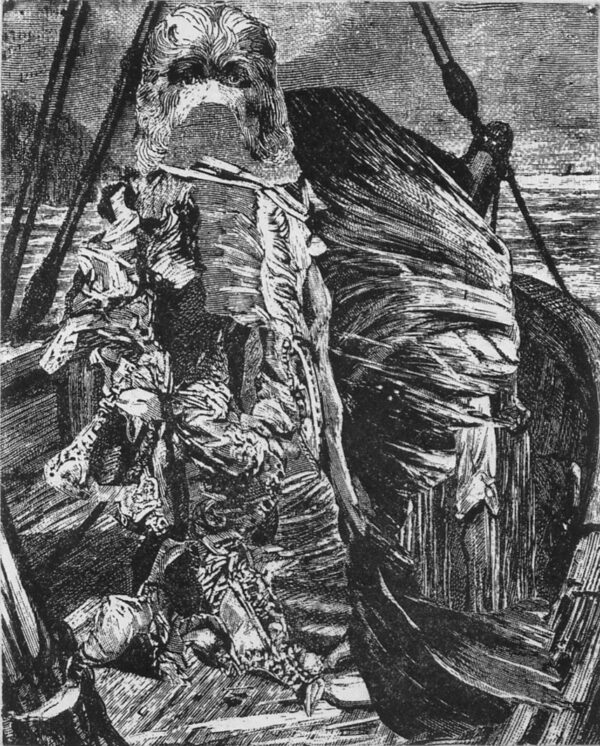
Photoetching.
6½ x 5¼"; 18 x 15". 10.
Crown Point Press and Kathan Brown.
$7,500 fair market value Proof AvailableProof Available
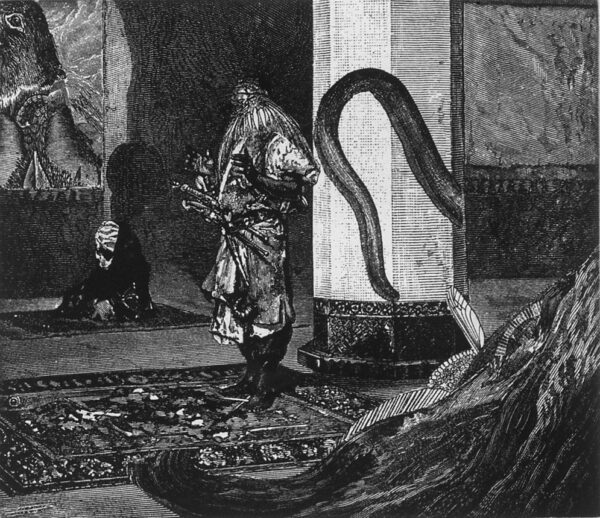
Photoetching.
7 x 8"; 18 x 15". 10.
Crown Point Press and Kathan Brown.
$7,500 fair market value Proof AvailableProof Available
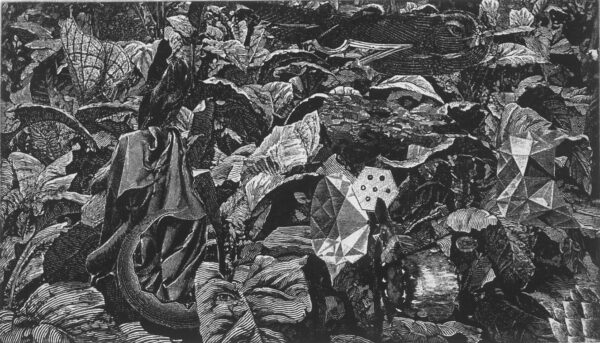
Photoetching.
5¾ x 10"; 18 x 15". 10.
Crown Point Press and Kathan Brown.
$7,500 fair market value Proof AvailableProof Available
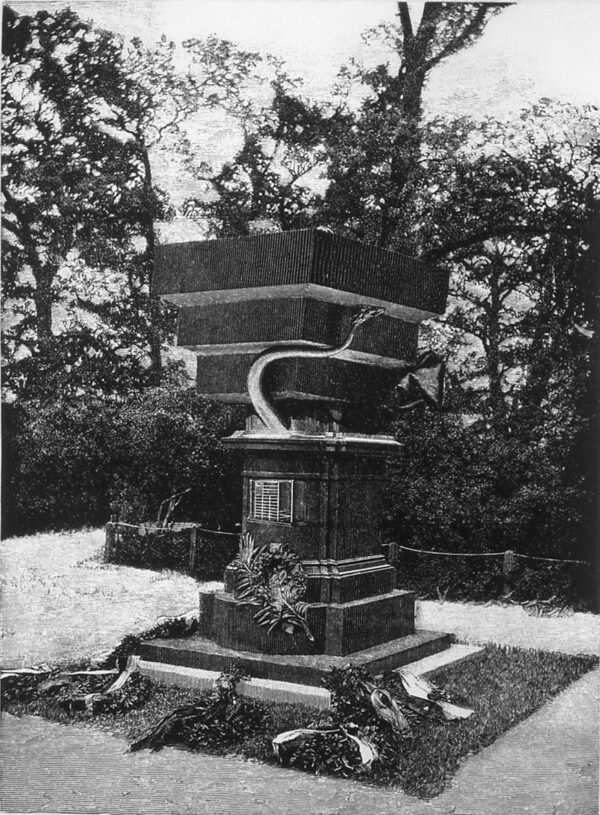
Photoetching.
12¼ x 9"; 18 x 15". 10.
Crown Point Press and Kathan Brown.
$7,500 fair market value Proof AvailableProof Available

Photoetching.
8¼ x 6¼; 19½ x 17". 10.
Crown Point Press and Patricia Branstead.
$7,500 fair market value Unavailable
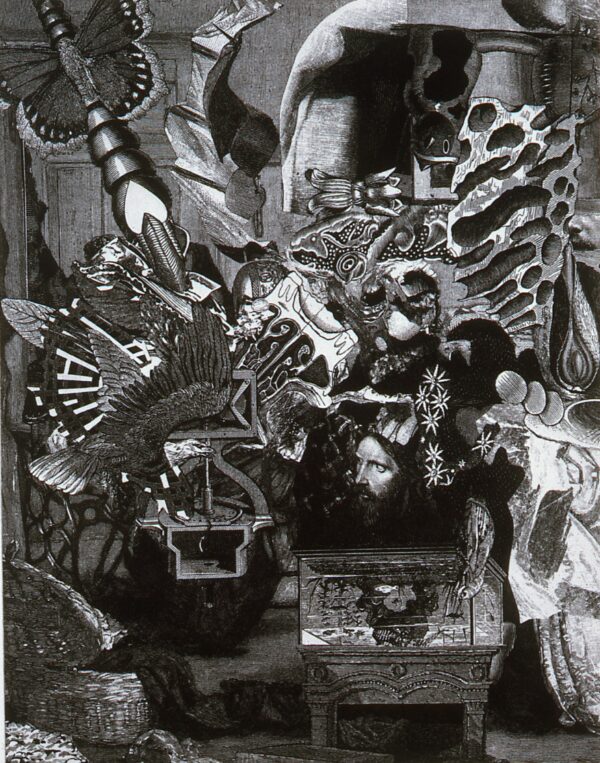
Photoetching.
11½ x 8¾"; 19½ x 17". 10.
Crown Point Press and Patricia Branstead.
$7,500 fair market value Unavailable
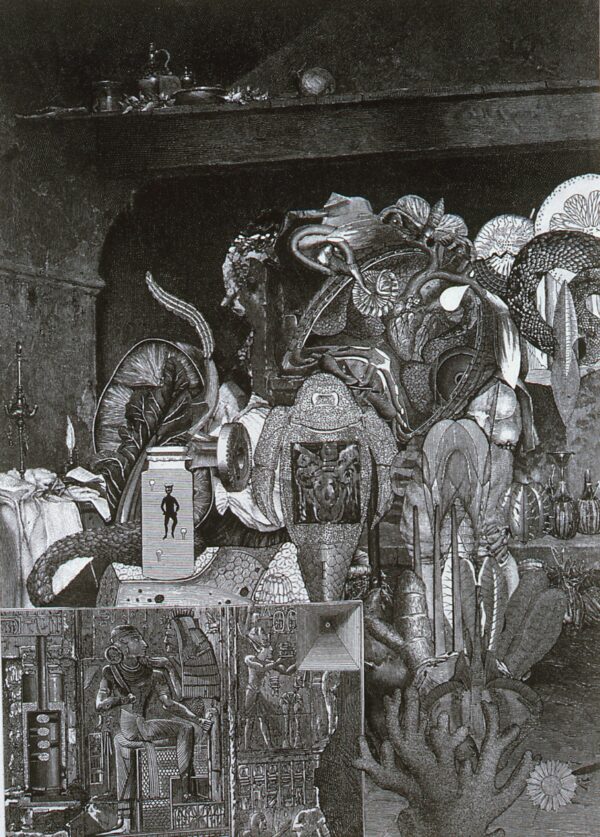
Photoetching.
14½ x 10¼"; 19½ x 17". 10.
Crown Point Press and Patricia Branstead.
$7,500 fair market value Unavailable
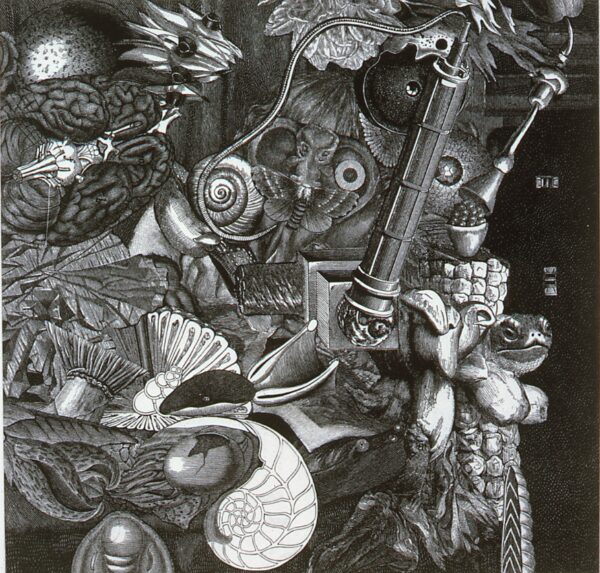
Photoetching.
9¼ x 9½"; 19½ x 17". 10.
Crown Point Press and Patricia Branstead.
$7,500 fair market value Unavailable
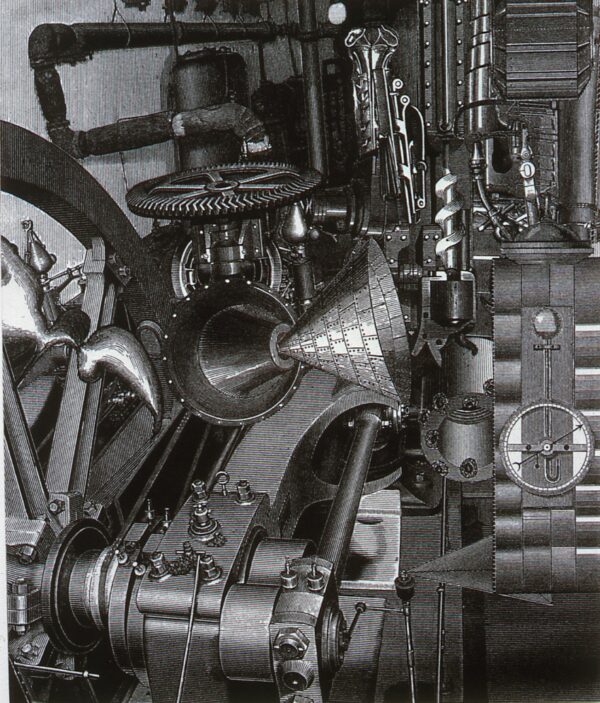
Photoetching.
9½ x 8¼"; 19½ x 17". 10.
Crown Point Press and Patricia Branstead.
$7,500 fair market value Unavailable

Photoetching.
7½ x 5½"; 19½ x 17". 10.
Crown Point Press and Patricia Branstead.
$7,500 fair market value Proof AvailableProof Available

Photoetching.
5¾ x 21½"; 19½ x 17". 10.
Crown Point Press and Patricia Branstead.
$7,500 fair market value Unavailable

Photoetching.
9 x 11¼"; 19½ x 17". 10.
Crown Point Press and Patricia Branstead.
$7,500 fair market value Unavailable
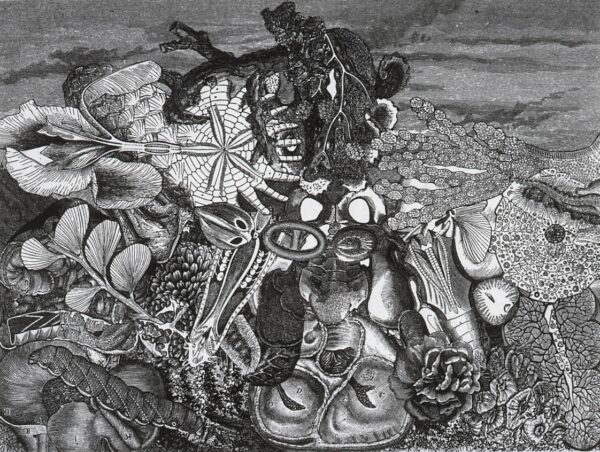
Photoetching.
8¾ x 11½"; 19½ x 17". 10.
Crown Point Press and Patricia Branstead.
$7,500 fair market value Unavailable
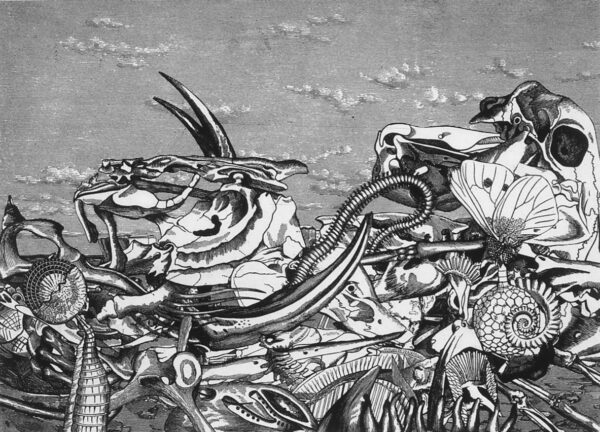
Photoetching.
9 x 12½"; 19½ x 17". 10.
Crown Point Press and Patricia Branstead.
$7,500 fair market value Proof AvailableProof Available

Photogravure printed in color on gampi paper chine collé.
13 x 18¾"; 24 x 19". 10.
Crown Point Press and Gwen Gugall.
$7,500 fair market value Unavailable

Photoetching.
10 x 16"; 24 x 19". 10.
Crown Point Press and Gwen Gugall.
$7,500 fair market value Unavailable
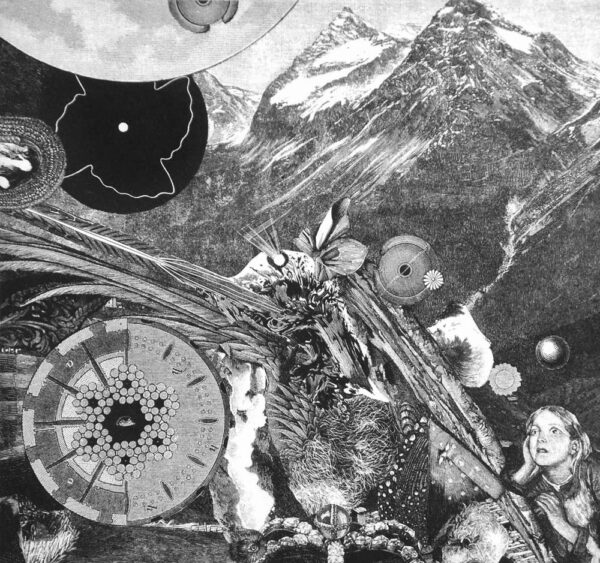
Photoetching.
9¼ x 9¾"; 24 x 19". 10.
Crown Point Press and Gwen Gugall.
$7,500 fair market value Proof AvailableProof Available
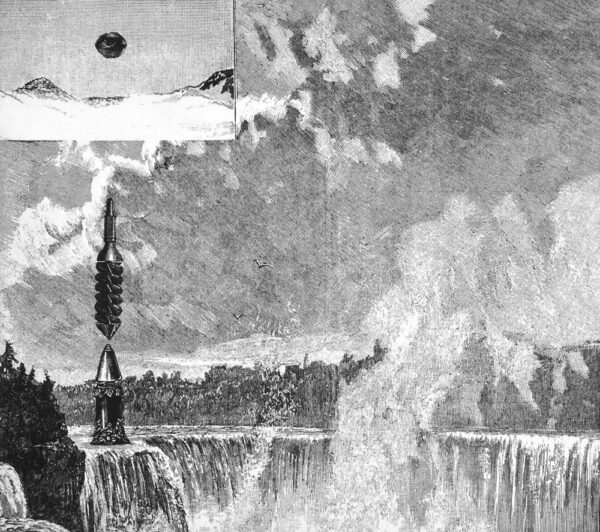
Photoetching.
8 x 9"; 24 x 19". 10.
Crown Point Press and Gwen Gugall.
$7,500 fair market value Proof AvailableProof Available

Photoetching.
9¼ x 12"; 24 x 19". 10.
Crown Point Press and Gwen Gugall.
$7,500 fair market value Unavailable

Photoetching.
19 x 12¾"; 24 x 19". 10.
Crown Point Press and Gwen Gugall.
$7,500 fair market value Unavailable
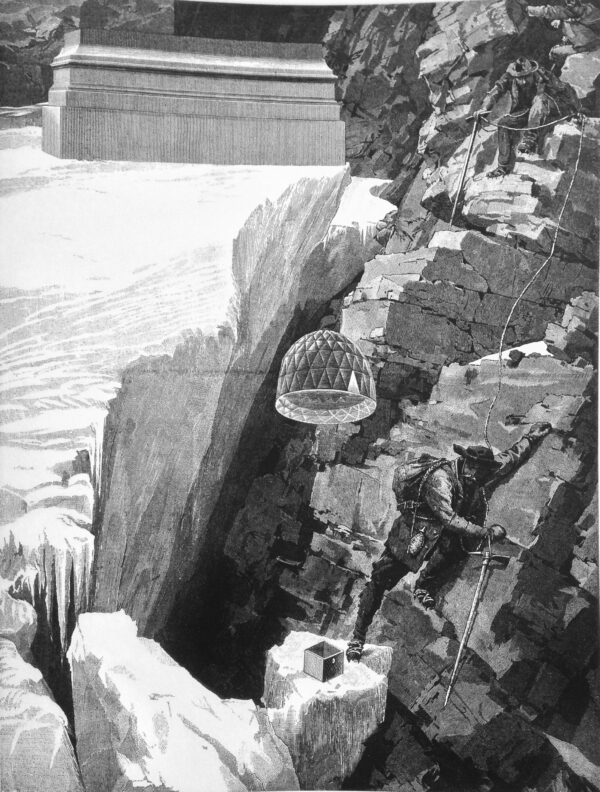
Photoetching.
18½ x 13¾"; 24 x 19". 10.
Crown Point Press and Gwen Gugall.
$7,500 fair market value Unavailable
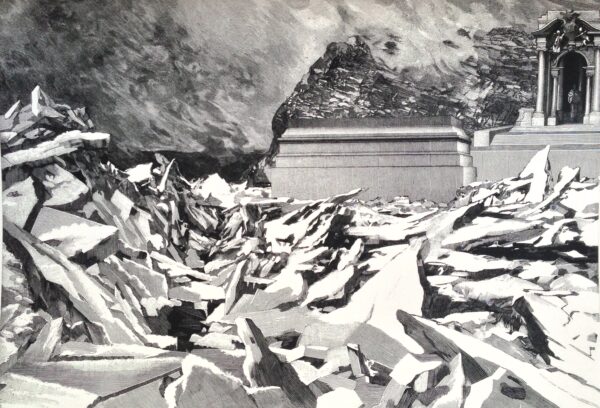
Photoetching.
12½ x 18½"; 24 x 19". 10.
Crown Point Press and Gwen Gugall.
$7,500 fair market value Unavailable